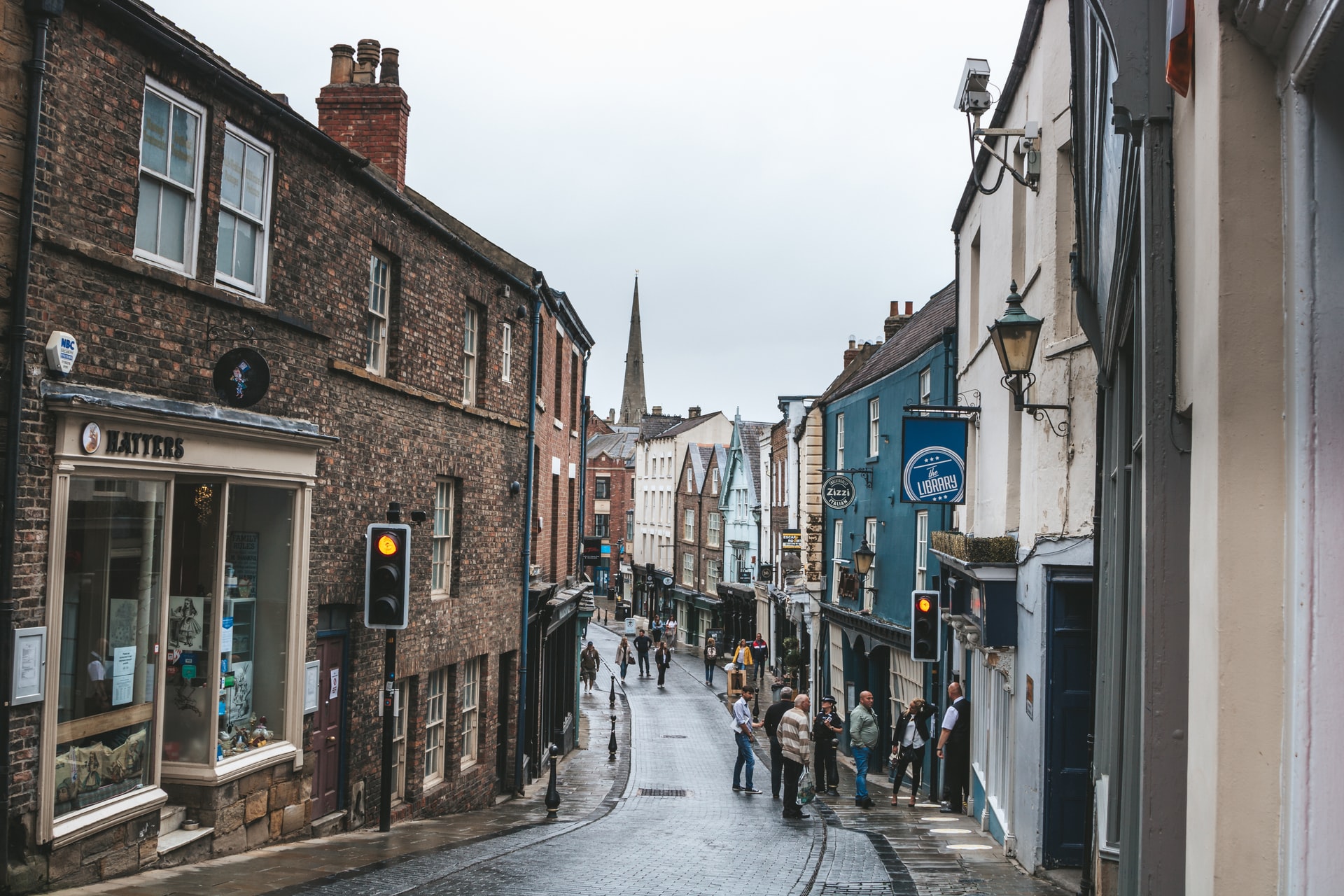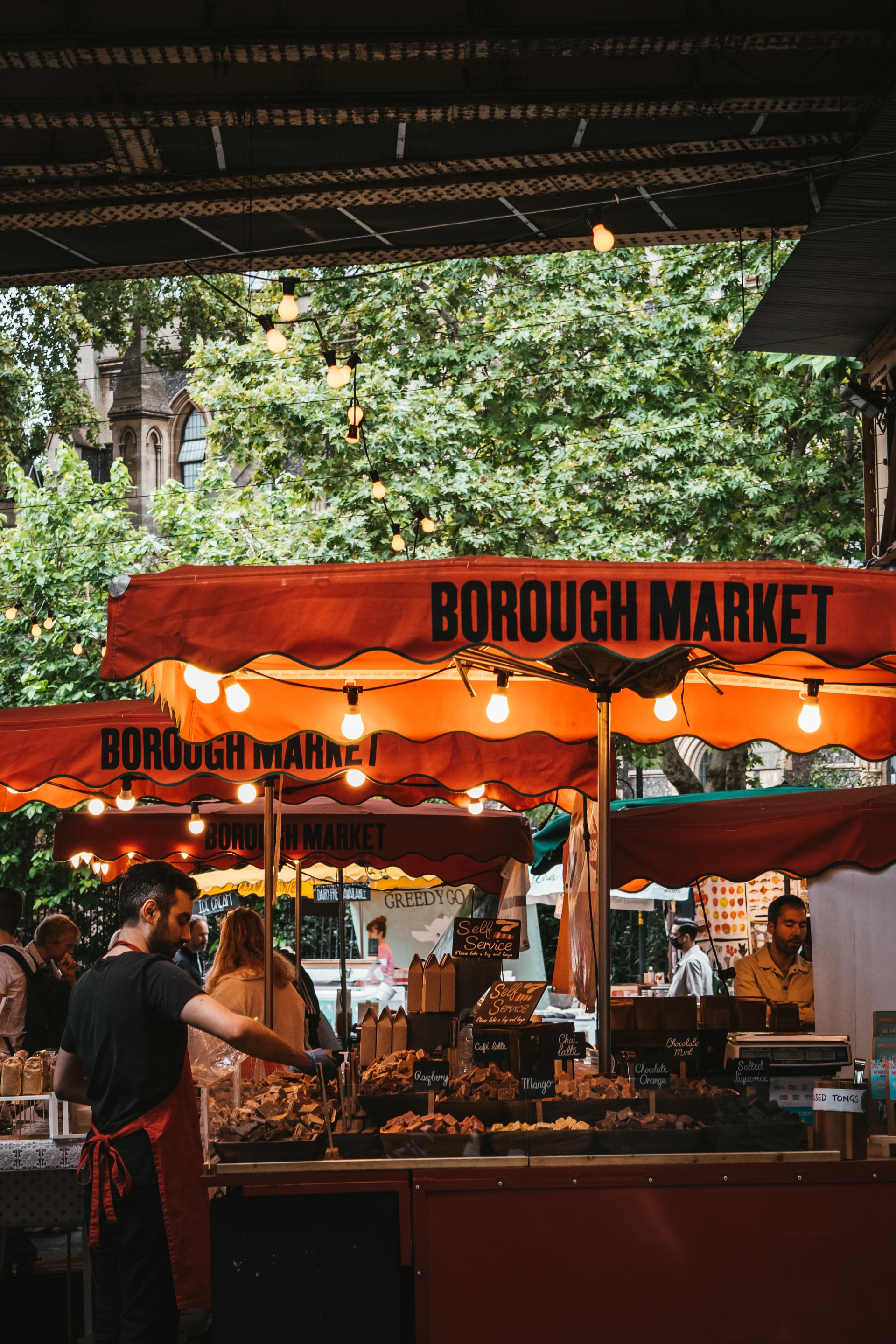When it comes to the high street, there's only one thing everyone can agree on – things are set to change.
But the big question is – how will the high street change?
After all, in just the last 12 months we’ve seen:
-
A global pandemic (and national lockdown) – footfall plummeted as stay-at-home rules came into effect
-
A new Use Class E, and then a year later Use Class E to resi – bringing flexible planning rules to the high street, allowing more viable commercial use and more homes
-
The rise of e-commerce – increasing demand for logistics and warehouses
-
Other targeted government measures – flexible licensing and a rejuvenation fund aimed at reinvigorating the high street
- More large retail chains going into administration – providing new spaces for developers to redevelop and repurpose
To find out what these changes could mean for the high street, we pulled some data, showed it to experts, and shared everything we learnt below.
The Data
We pulled a sample of sites owned by six large retail chains that have gone into administration.
Click to view in fullscreen here.
This data is a sample of their sites, so it’s by no means exhaustive (and it includes some sites outside the high street, such as retail parks, and shopping centres).
But it does show some wider trends, like how most sites are (perhaps unsurprisingly) located in or around London and other urban areas like Leeds, Manchester, and Hull.
While it's clear that closures of large traditional chains are going to impact the high street we're going to have to wait and see how developers and councils convert and make use of this freed up space.
But this is just one of many factors impacting the changing nature of the high street. Let’s hand over to our experts to discuss the broader issues and what could happen in the future.
Comments & Analysis
-
The end of the high street?
Peter Higginbottom, Managing Director of PlanningInsight
With the new Permitted Development rights for Class E starting from 1 August 2021, the Government clearly sees residential uses playing a larger role in the future of the high street.
There is a risk that changes to the high street will kill some of them forever. If footfall in a shopping area drops, then other big retailers may disband. Once teeming streets could become ghost-towns.
This specific data shows major retailers. A lot of this freed up space will be in shopping centres and retail parks, which have different characteristics to high streets. They are more challenging to redevelop and repurpose. Retail parks too are often less sustainable in terms of locations, and generate more car journeys.
Shopping centres in town centres, while they make for ideal locations, are often difficult to develop as they can be landlocked.
-
Commercial or residential?
David Kemp, Director of DRK Planning
It’s no secret that trading conditions have been hard with the pandemic, but the vaccine rollout has provided enough clarity that we can start to speculate what will happen with the high street.
New Class MA rules allowing Use Class E to resi provides new opportunities, but brings their own set of challenges. Shops and offices in town centres with moderate sized or depth of floor plates and potential for good internal daylight conditions provide a perfect chance for a new set of resi units, but larger and deeper units may require significant investment into lightwells amongst other changes to pass prior approval. The 3 month vacancy rule needs to be navigated as well, perhaps with conditional contracts.
While we’re seeing a lot of shop closures, some are closing because they were struggling and covid pushed them over the edge, and others are closing because the pandemic has changed the nature of the businesses that are most likely to thrive in the high street. Not all businesses are likely to continue with remote or online working once the pandemic has eased and lockdowns are finished, with some businesses preferring a physical presence for meeting space and so on.
While there’s talk of the high street going mostly residential, we have to think about the situation from the landowner’s perspective – the balance of risk they face, and how they want to see an uplift in value. Commercial use on the ground floor of the high street works for many landlords. Institutional leases (offering full repair and insuring terms), and steadier rental cash flows with less management hassle compared to residential tenants, might provide less of a headache.
Use Class E allows landlords to change unviable commercial use to viable commercial use, and since most of the developers profit is tied up in the final units, or the commercial unit, it’s in their interest to design a space that the market wants.
Whatever occurs, expect commercial use on the high street to not end.

-
More local high street centres?
Grace Manning-Marsh, Head of LandEnhance
There's been speculation over what will happen to the high street for years, but with recent changes and Government legislation – we're starting to get a clearer picture of things to come.
To me, it could break down into three things – more local, more flexible, and more services.
More local
As people remote work more, they will ask more from their local high street. Why go to the dance studio an hour away, when one can open up five minutes down the road?
Local high streets, instead of being areas of convenience, will become more liveable and more social. The 12 month extension to pavement licenses will be a boost for local restaurants, bars, and cafes – allowing them to more easily set up outdoor dining.
More flexible
The new Use Class E was unveiled in July 2020, allowing sites in the high street to easily change their use without planning permission. But, it's in the next few years we're going to really see businesses take advantage of this multi-use flexibility.
Expect stores to have one use during the day, and another at night. The co-working space that becomes a comedy club in the evening. Or the yoga studio that becomes a bar in the evening. We'll be seeing more experimentation in the high street, which will reflect the local community's tastes and culture.
More services
New rules, introduced in March 2021, make it easier for developers to get planning for housing on the high street. These local high streets, with their improved services and amenities, might draw even more young professionals from the city, providing a much-needed boost to the local economy, in turn creating more demand for services.
Combine the three points above with a new host of relaxed licencing rules, and you have the scene set for a more experimental high street, but with a local flavour.

-
A chance for something radical?
Jonny Britton, CEO of LandTech
It's impossible to predict how things will play out on the high street – but it's fun to speculate on the radical.
While Covid has accelerated the irreversible trend to online shopping, we're still in the beginning. The physical and digital worlds will continue to merge, changing how we live, work, and play. But what will this look like? How the high street changes will play a huge role in this.
One thing will never change – people don't want to spend all their time in their house. You can't replicate the feel of going out for lunch or bantering inanely with your mates. These kinds of experiences will play a larger role in the future high street.
Will the high street be more innovative?
New flexible planning rules mean the high street will become an experimental zone for new goods, services, and experiences that can't be replicated online. They'll be the incubator for new businesses. If an idea becomes a hit on the high street, expect it to take off nationally.
More electric vehicles, both personal and shared, combined with fewer people coming into cities as they work from home more, will mean people could expect more from their local high street. No-one will be more than 15 minutes away from a high street.
The streets themselves will have a more local character, be less commoditised, have cleaner air and be more sociable. Services and experiences will be built around our new habits – expect more virtual experiences, children's play areas, sports facilities and more appealing landscapes to wander around in.

So where’s the opportunity?
The merging of the physical and digital means that large tech companies – such as Google, Facebook, Amazon, and Apple with their aggregated and granular data of us all – will be able to adapt and move faster in shaping the high street of the future. They'll launch more real-life services, from driverless cars to body-health sensors, through to virtual- augmented- or mixed-reality experiences.
But you can't replicate face-to-face contact for the early stages of a new project, or when collaboration has to be fast paced.
New hubs for creativity will be formed close to transport hubs. The build-to-rent sector will find new markets for entrepreneurs and students who will thrive in these creative industries. Food halls will fill every vacant floor, further strengthening the social bonds people build between each other, in as short a time space as possible.
Of course, we can’t know what will happen. But it's fun to speculate.
David is LandTech’s resident Data Journalist. He has a degree in Physics, but he went all in on the spreadsheets after giving up on his dream to be an astronaut. He once made £150 from an initial investment of £20 selling… apples.


